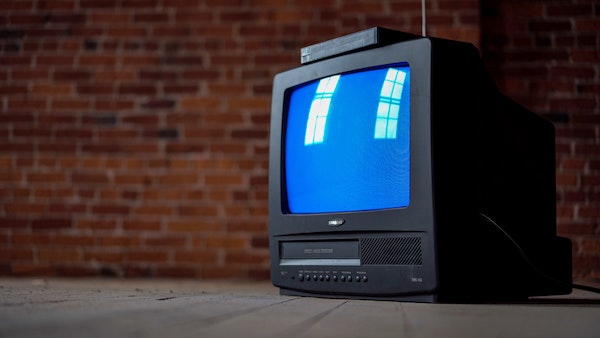
Happy Fat Thursday; let’s have a donut
February 16, 2023
Honoring each U.S. president
February 20, 2023Every year on February 17, it’s Analog to Digital TV Day to celebrate the transitioning of TV broadcasts from analog to digital.
With plenty of issues and disadvantages coming out for analog broadcasts, early in the 1990s, many countries began to plan to change from the airwave-signal method of analog broadcasts to the number-based method of digital broadcasts, which increased the overall quality of the audio and visibility.
The shift first started in some European countries, then followed by the United States. By the beginning of 2022, the U.S. has finally completed its transition.
When the European nations took the initiative and started the transition programs, Germany shut down its analog terrestrial transition signal in 2003. Three years later, Luxemburg became the first country to finish altering its analog broadcasts to digital signals. Then the United Kingdom began its development one year after seeing the success of Luxemburg.
On February 27, 2009, the U.S. officially kick-started its transition, which marked the origin of establishing this unofficial holiday.
Although the program started up in 2009, it wasn’t fully complete until January 2022 due to the state of Alaska having previously granted a transition extension because of its different issues.
The switch of TV from analog to digital turned out as a huge success, which provides better picture and sound quality for the viewers. At the same time, the digital signal wouldn’t suffer as much degradation like the analog signal.
All these upgrades of developing a digital TV have improved the users’ experience. Without this important step moving forward, we couldn’t enjoy such a high-definition of images and clear sounds while watching a movie or a TV show.
Therefore, the development of digital TV shows us the advancement of technology. It helps us to create a much more convenient world and makes our lives easier. We no longer need to worry that all the clear pictures and sounds would suddenly break off.




